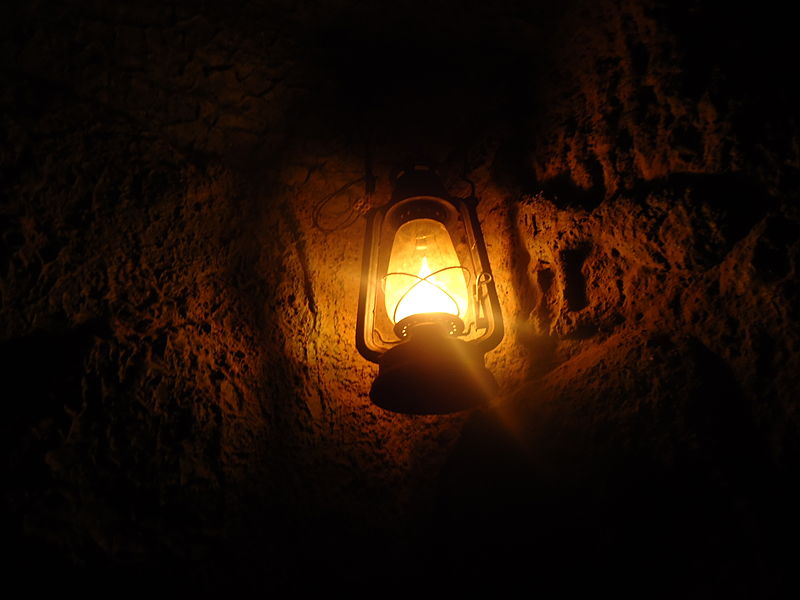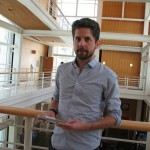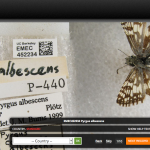While covering Stanford’s Global Climate and Energy Project symposium last fall, I learned a term that has been bouncing around in my head ever since: Gandhian engineering – the development of technology to benefit the world’s poorest citizens. The concept led me to a growing trend in engineering and design, often called frugal innovation. Here’s another avenue of science where “cheap” isn’t a dirty word.
Why do there have to be so many kinds of light bulbs? I spend ten indecisive minutes standing in the aisle. Swearing off incandescents only narrows it down a little. Do I need these Energy Star ones? Are the twisty ones special? Is this frosty one okay? The effort to be a “green” consumer in America means wading through overwhelming choices.
Elsewhere, choices usually aren’t the problem. An estimated 300 million people in India, for example, have no access to electricity in the first place. When it comes to sustainability, the choice is much simpler: burn dirty fuel sources like kerosene, or live in the dark.

In some off-the-grid areas, kerosene lamps are the only option. (Credit: RanjithSiji/Wikimedia Commons)
An increasing number of engineers are tackling these problems with an approach dubbed “frugal innovation.” They’re designing simple, affordable products for overlooked consumers in the developing world. Frugal-minded entrepreneurs have brought cars and cell phones within reach of low-income households, and the same strategy has serious potential in the quest for sustainability.
Here’s one frugal approach the energy issue: Husk Power Systems is buying the rice husks, wood chips and corn cobs that rural farmers normally discard. At high enough temperatures, this feedstock breaks down in to combustible gases, which are burned to feed a gas turbine that generates electricity. Residents connect directly to one of these mini powerhouses, buy a pre-paid meter for about $8 and use electricity until their credit runs out. The system is simple to operate and above all, affordable.
As it turns out, I live in the middle of a major breeding ground for these kinds of projects. Both Stanford’s Design for Extreme Affordability program and Santa Clara University’s Frugal Innovation Lab offer classes for engineers who want to solve big problems for cheap.
Radha Basu, director of the Santa Clara program, doesn’t like the word “cheap,” though. When I talked to her about the demands of frugal engineering, she asserted that low-quality products won’t cut it: “Often times what people think is, you develop it here [in the U.S.], you dumb it down, make it really cheap, quality doesn’t matter, and you send it over there.” Basu says that the realities of rural poverty heighten the design challenge. For example, frequent repairs and maintenance aren’t feasible in a remote village, so the product has to be durable.
The other thing I find interesting about these projects: they’re not humanitarian aid. Most are about developing products for purchase, and they seek support from the corporate world. One project born in Santa Clara, a “lab-on-a-chip” device for monitoring water quality, has reached the prototype stage with support from Hewlett-Packard. Basu, a heavyweight entrepreneur herself, says that even projects with a philanthropic focus still need a solid business strategy. “I feel very strongly that social enterprises cannot be entirely dependent on purely grants,” she said.
By all indications, the frugal engineering trend is gaining momentum. Starting this year, every Santa Clara freshman will take a course on the frugal framework. Many will go on to more advanced courses, designing projects of their own, which may present those living in poverty with a whole new set of choices.
Stay tuned for one more “Why Cheap Science” … or maybe two… in the spring!







Comments are closed.